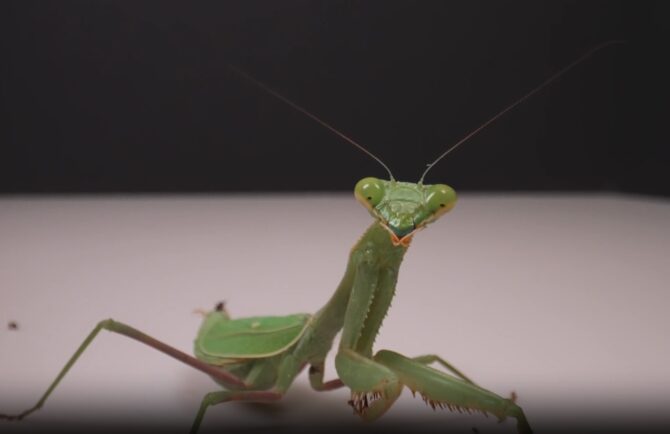Animals that lay eggs and do not give birth to young ones are non-mammals.
They are over 99.9% of animal species aren’t mammals (from the total of 9 million species only 6,495 of them are mammals).
Unlike mammals, non-mammals don’t produce and secrete milk from mammary glands to feed their offspring.
Non-mammals also don’t have hair on their bodies and don’t possess a pair of external ears – Pinnae.
Birds, Amphibians, Reptiles, Invertebrates, and Fish are non-mammals.


Birds are often confused for mammals but they are in fact very different and are referred to as avians.
Birds do not have fur, they instead have feathers. Some species also have bristles on their faces or heads which can often look very similar to hair.
Although birds breathe air, are warm-blooded, and possess vertebrae they are lacking in one main characteristic of mammals, they do not give birth to live young or have the ability to nurse their hatchlings.
Birds lay eggs and some species of chicken can even do so without the intervention of a male.
Despite they are often intensely protective of their young they cannot nurse the way mammals do.
One bird that is a point of confusion is the pigeon which creates crop milk to feed its young, which is a substance that is made from protein-rich cells and fat that lines a parent bird’s crop, a pouch in the throat that stores food.
The crop milk is semi-solid and bursting with nutrients. We look at other animals that provide crop milk and other substances for their young below.
“The world would not be the world without the birds; it is their song that gives it a voice, their flight that gives it a soul.” – Anthony T. Hincks.
Reptiles

Reptiles are almost opposite to mammals. They are cold-blooded creatures that are covered in scales rather than fur. They lay eggs rather than give birth to live young.
These non-mammals also do not have mammary glands so they cannot produce milk or nutrient-enriched substances to feed their young.
Reptiles have continuous growth and have very different skeletal structures to mammals.
A reptile has a skull with a very small brain case and a jaw that is formed of several bones. Reptiles also have teeth that are sharp and are constantly replaced should one fall out.
A reptile’s limbs emerge from the body horizontally. Reptiles have a low cognitive ability but are incredible hunters.
The largest reptiles are reticulated python and saltwater crocodiles which both can grow as long as 23 feet as adults.
The smallest reptile is the nano-chameleon which grows to just 0.53 inches long.
Reptiles can be found in most hot climates but some species can be found around the world in all places except for Antarctica.
“Reptiles and amphibians are often thought of as primitive, but they’ve been evolving just as long as mammals have, and they’ve adapted to a remarkable range of environments.” – David Attenborough.
Fish

Although most of species of fish are warmblooded they are not mammals, there are people who believe some sharks and tuna are exceptions to this because they are big and give birth to live young.
This is the wrong opinion.
Fish do not have certain characteristics associated with mammals, such as limbs, fur, or hair and they also cannot breathe air.
They are covered in scales and have gills that enable them to breathe underwater and also do not give birth to live young, they lay eggs and they also cannot nurse their young.
“I think fish is nice, but then I think that rain is wet, so who am I to judge?” – Douglas Adams.
Amphibians
Amphibians are small vertebrates that need water, or a moist environment, to survive.
The species in this group include frogs, toads, salamanders, and newts.
All can breathe and absorb water through their very thin skin. Amphibians also have special skin glands that produce useful proteins.
Many of the medicines we use today, to fight everything from AIDS to cancer, originate as a toxin in an amphibian skin. When we lose these animals, we lose resources. We lose keystone species in the environments where they live – Jeff Corwin.
Invertebrates

An invertebrate is an animal without a backbone.
Invertebrates don’t have any bones at all!
Invertebrates that you may be familiar with include spiders, worms, snails, lobsters, crabs, and insects like butterflies.
However, humans and other animals with backbones are vertebrates.
“Insects are the most successful group of animals on the planet. They outnumber all other animals combined.” – Edward O. Wilson, american biologist.






